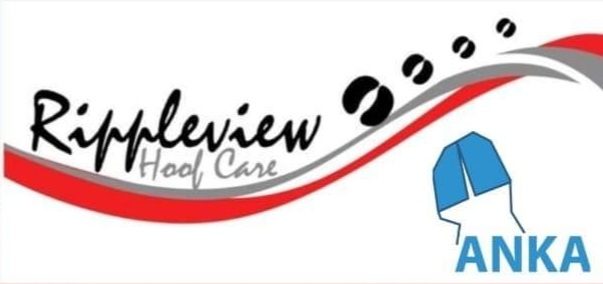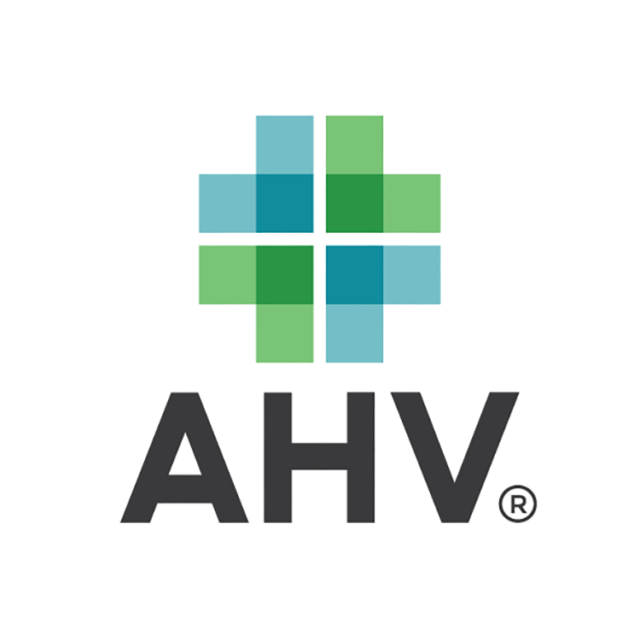Does vaccination equal immunization? How do animals develop immunity? What challenges do animals encounter when trying to develop adequate immune response? These questions come up occasionally as dairy producers are working with their herd veterinarian to develop a herd health protocol. Let’s start by going over some immunology basics. Vaccination does not equal immunization.
When we talk about immunization, we actually mean the protection from the invasion of a foreign protein into the body. Vaccination is simply the process of giving a vaccine. Vaccination can lead to immunization – but not if vaccines are handled and administered improperly.
When a foreign protein (antigen) enters a cow, systems that can identify “self” versus “non-self” are activated. Once the antigen is identified as “non-self,” her immune system will set off a cascade of events and develop either a cell-mediated immunity or a humoral immunity or a combination of both to rid the antigen from the body.
The immune system will also develop memory cells which will enable the body to react much more rapidly the next time the same foreign antigen is encountered. Immunization is the development of these memory cells so that the body can rapidly deal with disease.
When developing vaccines, we can modify the organisms that we want protection against so that the animal doesn’t have to suffer the full-blown disease to develop immunity. While one method is to expose the animal to others with the disease, there are huge risks involved with this. With a vaccine, we can take away a lot of that risk and still get the protection we desire.
There are challenges to vaccinating that every dairy producer should be aware of. Vaccinating during times of stress for the animal can lead to problems. To develop a good immune response, the animal needs to be healthy and stress-free.
Stress releases cortisol, which interferes with immune response.Producers can plan around stressful events such as weaning or pen movement by administering the vaccine ahead of the disease challenge or stressful event.
With a modified-live virus vaccine, a two-week to three-week window is suggested between administration and any stressful event. With a killed vaccine, a booster will need to be administered about three weeks after the first vaccination, making the total immunity window about three to five weeks prior to the onset of the challenge.
Producers can provide the best opportunity for a complete immune response by conferring with their veterinarian to develop a protocol that uses the appropriate vaccines for the disease risks on the operation. Producers also need to make sure they’re using vaccines with proper labels and good trial data behind them – and by giving the vaccine at the appropriate time.
Calves, heifers and cows undergo very different challenges. The biggest challenges our herds face include birth, weaning and calving. The frequent mixing and transporting today’s herds face can also create a stressful environment for cows. Discuss potentially stressful situations with your veterinarian and herd management team and plan accordingly.
We often forget that vaccines are the least expensive and most effective form of animal health intervention we do. Don’t ever shortcut your vaccination program. Talk to your veterinarian about establishing good vaccine programs because, at the end of the day, vaccines could protect your whole herd from some pretty devastating diseases. Prevention is the easiest and most effective practice for successful dairy producers. PD

Mark van der List
Professional Services Veterinarian
Boehringer Ingelheim Vet Medica




